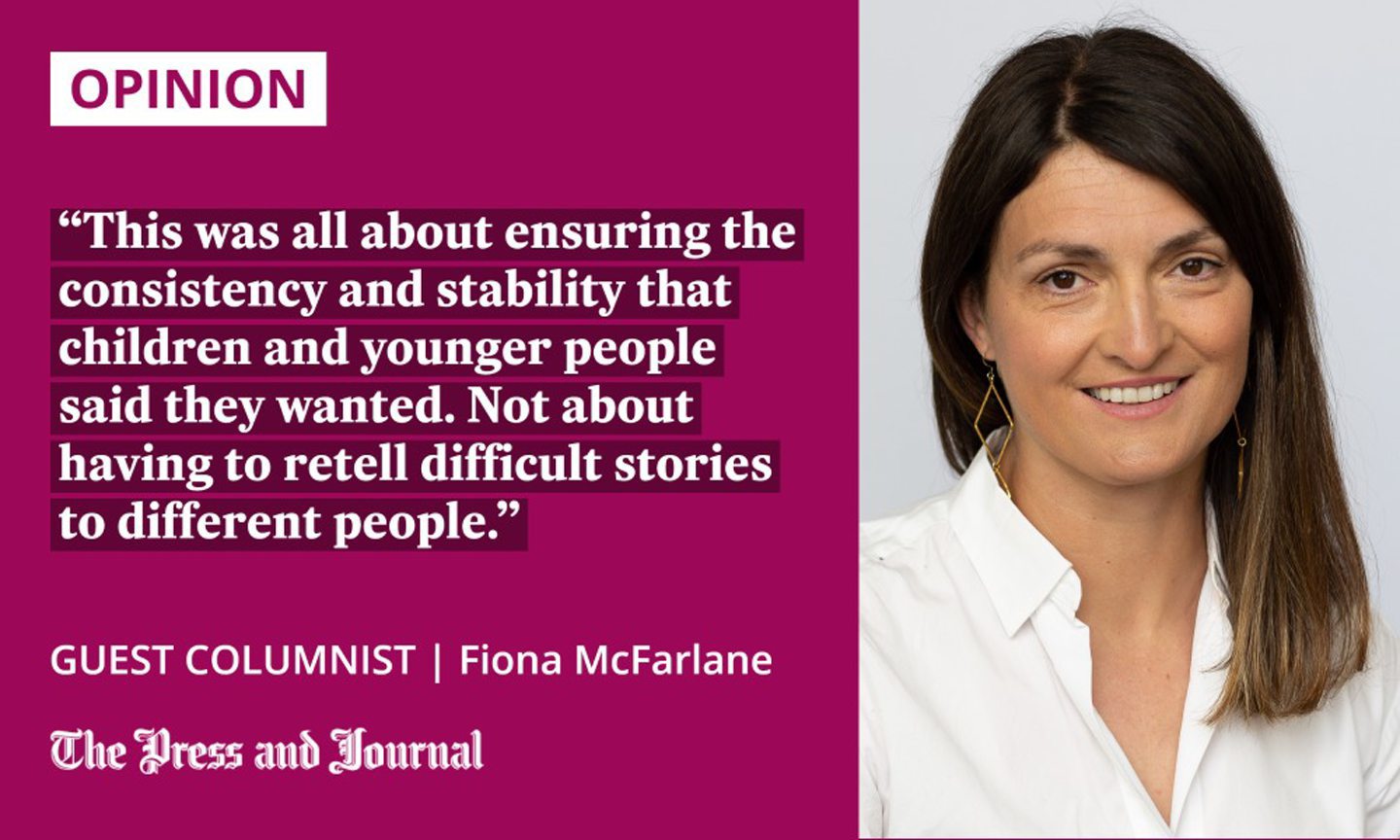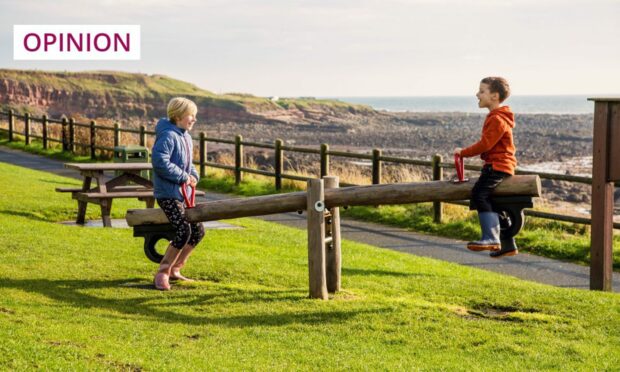On May 25, Hearings for Children: The Redesign Report was published.
This new report from the Hearings System Working Group, chaired by Sheriff David Mackie, provides a radical new vision for Scotland’s historic children’s hearings system. It was compiled after over 500 hours of discussion and deliberation, including 12 sessions with young people and 11 sessions with parents and carers, and informed by over 24 organisations.
All of these discussions were built on a solid foundation – the 5,500 voices that informed the final conclusions of the Independent Care Review and its main report, The Promise.
It was important to get this process right. The children’s hearings system was established by the historic Kilbrandon Report, for those in need of care, protection and support, or because they have come into conflict with the law. The hearings are something that Scotland has been rightly proud of for decades.
Much of the initial feedback has been positive, warmly welcoming the focus on children and their rights that sits at the heart of the report, built through the input of young people themselves. However, there have understandably been concerns raised, including around a perceived “professionalisation” of hearings. At The Promise Scotland, we consider this the wrong way to think about the vision for children’s hearings set out in the report.

What the report recommends is that Scotland seeks to create an inquisitorial model. For different audiences, this might seem like a confusing or even daunting term.
This isn’t about prolonged or challenging interrogations. It is about building the model of the hearings system around the voices, needs and rights of children and families. Both the Hearings System Working Group and the Independent Care Review heard repeated concerns that proceedings were far too often adversarial.
Although they can work well, far too often the experience of these tribunals does not always reflect the historic principles of the Kilbrandon Report. Instead, an inquisitorial model should be about truly listening to what children and families feel they need and want, in an atmosphere that can facilitate open, compassionate and kind dialogue.
That is not always easy, and discussions should focus on the positive strengths within families, as well as any challenges or problems that may exist. Fundamentally, Scotland should be aiming for decisions made with children and families, not for them.
Salaried chairs and lay members should work together
Children and young people were also clear that the children’s hearings system should offer stability, consistency and continuity. This is one of the reasons why feedback from children and young people was supportive of the introduction of salaried chairs. Not because they will be from any fixed or specific “profession”, but because they will be a person with the values, skills and competencies to “hold the room” and nurture a culture within which children and families can be listened to.
They will also be able to meet children and families before hearings take place, from a letter from them as a supportive person, not as part of a “system”. This was all about ensuring the consistency and stability that children and younger people said they wanted. Not about having to retell difficult stories to different people.
This is not an abstract debate about whether people are intrinsically better because they are paid or because they volunteer
The community connection and cross-experience that lay members can bring does matter. And that is why lay members will continue to make up the majority of the panel under the proposed decision-making model.
This is not an abstract debate about whether people are intrinsically better because they are paid or because they volunteer. Children’s hearings are already the most busy tribunals in Scotland, with significant delays. The issue was about how to deliver a sustainable model that truly serves the experiences, aspirations and rights of those who really matter – Scotland’s young people.
Too often, reform to policy and practice begins with sincere intent to better support and provide services for the people who need them, and then quickly butts up against constraints of current delivery models and structures. This cannot happen this time.
Children and families spoke. The Hearings System Working Group listened. Scotland must act.
Fiona McFarlane is head of public affairs for The Promise Scotland
